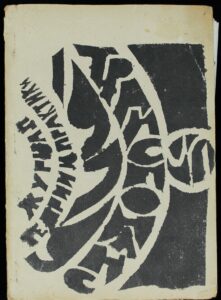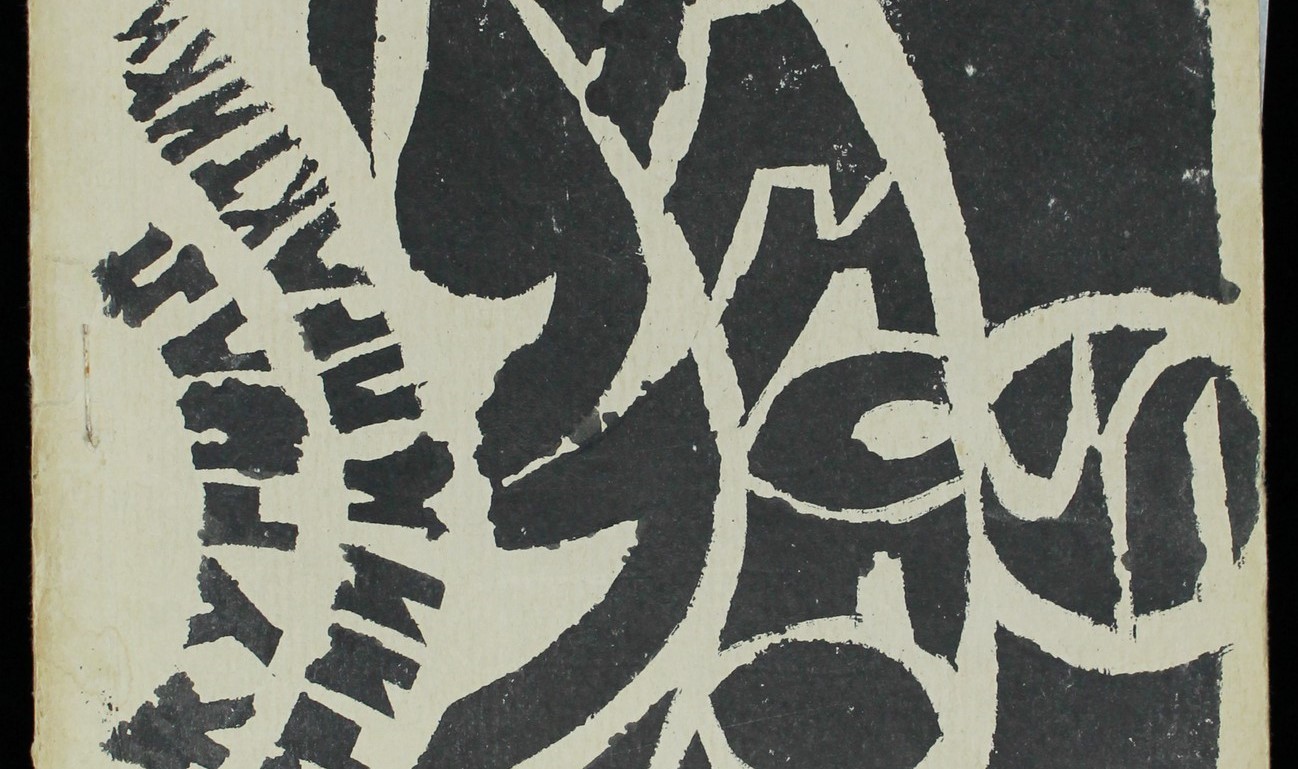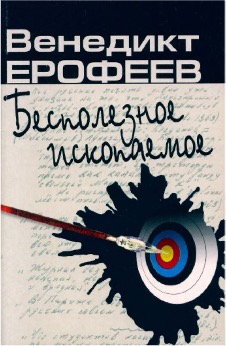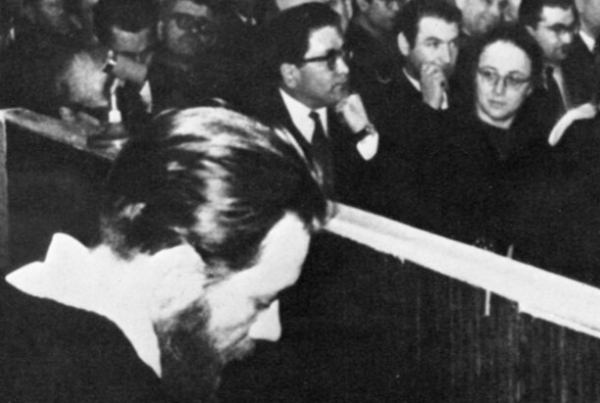
Cover, n. 1 1979. Source: Samizdat Collections, University of Toronto.
Title: “Transponans”
Date: 1979-January 1987
Place: Ejsk
Editors: Anna Tarshis (Ry Nikonova), Sergei Sigov (Sergei Sirei). In no. 1 of 1979 the name Nikolai Ėssi appears as editor in chief (it is probably a pseudonym)
Total numbers:
36. There is currently no information on no. 15. To date, nos. 9 and 10 are not available. Nos. 16 and 17 contain only the contents index
Description:
The journal was founded in Eisk (near the Azov Sea) by Anna Tarshis (pseudonym Ry Nikonova) and Sergei Sigov (pseudonym Sergei Sigei) in 1979. The first year “Transponans” was published quarterly, and then every four months until 1982. From no. 14 of 1983 to no. 35 of 1986 the journal was published every two months. The last issue came out in January 1987.
In some of the first issues the periodical bore the subtitle “zhurnal teorii i praktiki” (theoretical and practical journal, no. 1 of 1979 and no. 8 of 1981) which became “zhurnal teorii i praktiki diletantizma” (journal of theory and practice of amateurism, from No. 2 of 1979 to No. 11 of 1982, except for No. 3 of 1979 which did not include any subtitle like nos. 12 to 36 of 1987). In nos. 32-33 the subtitle indicated on the cover was “avangardnaia poėziia, aktsionnoe iskusstvo, teoriia, praktika i polemika” (avant-garde poetry, art of action, theory, practice and controversy). The format varied over the years: nos. 1-10 came out in half a typewriter sheet; nos. 11-36 had a square format.
The journal represented a platform for the neo-avant-garde of Eisk, Moscow and Leningrad, where Sigov had studied. It aimed to encourage exchange, promote new forms of artistic experimentation and draw attention to the poetic scene of the 1910s and 1930s (cf. Parisi 2013). As was set out in nos. 1 (1979), 19 (1983), 20 (1983), and 21, 22, 23 (1984), the objective of the periodical was to create a bridge to connect contemporary writing and art with the historical avant-garde from Pushkin to the 1950s, by reviving the styles and forms of the earlier period (cf. in particular the opening article by Sigov О ‘zadachakh Transpoėzii, On the ‘tasks’ of Transpoetry, dated March 1979 and published in no. 1 1979).
Although “Transponans” published several poets from the avant-garde of the 1910s and 1930s (Aleksei Kruchënykh, Vasilii Gnedov, Igor’ Bakhterev, Iurii Marr), its main focus was the neo-avant-garde represented by Sigov, Tarshis, Evgenii Arbenev, Boris Kudriakov, A. Nik, Vladimir Ėrl’, Aleksandr Galamaga, Valerii D’iachenko, Dmitrii Prigov, Genrikh Sapgir, Leon Bogdanov, Konstantin Zvezdochetov, L. Voitsekhov, Gleb Tsvel’, and Anna Al’chuk. The contribution of Nikolai Khardzhiev, from whose personal archive most of the verses came, was fundamental for the publication of texts from the 1910s.
Some short prose sketches were also published, such as texts by Boris Konstriktor and Tarshis himself, as were theoretical articles on questions of a formal nature such as rhyme, sounds, and suffixes (authored mainly by Ry Nikonova and Evgenii Arbenev), reflections on the meaning of literature, introductory notes to the poets presented (curated by Tat’iana Nikol’skaia), and pieces on poets and prose writers such as Konstantin Vaginov and Andrei Platonov and the more contemporary Lev Rubinshtein and Dmitry Prigov (O sochineniiakh L.S. Rubinshteina, On the literature of L.S. Rubinshtein, e Knigi D. Prigova, The books of D. Prigov, both by Sigov in the n. 11 of 1982).
In a similar to way to the Khlebnikov group which was often cited in its articles, “Transponans” sought to forge a union between art and literature, image and word, but also between sound and word in the belief that poetry was superior to prose. Teoprakt. Teoriia i praktika sovremennoi literatury: osnovnye polozheniia (Theoretical Practice. Theory and practice of contemporary literature), written by Tarshis in 1977, but published in no. 1 of 1979 was emblematic of this approach.
In the 1984 and 1985 issues, graphic experimentation with hand-made collages of letters and words taken from newspaper clippings, photographs, negatives and handwritten notes produced true works of art in an original Russian pop-art style. In the same period the editors played with the phonology and semantics of the journal’s title: “Trans-tors-trap-trassa […] rot-rost-rant-rasa […] nora-napor-nasos-note [ …] strana-spor-sport-spora […] port-part-pasta-post […] osa-ospa-optor […]”.
Over the years, the space given to images increased – a trend which culminated in the final issue, n.36 of 1987, in which texts were almost absent. The images were mainly created by Anna Tarshis, Aleksandr Galamaga and Sergei Sigei, but also included works by I.V. Bakhterev and illustrations by Evgenii Arbenev.
The first issues favoured a simple list of collected materials. Starting from no. 4 of 1979 the section Khronika (Chronicle), then V khronike, (In the chronicle) appeared from time to time, aimed at giving information on cultural events, and starting from no. 26 of 1985 (January-February), the journal was sometimes divided into sections such as Sochineniia (Works), also present with the titles; V praktike (In practice), V teorii i praktike (In theory and in practice), Praktika (Practice), Proizvedeniia (Works), Publikatsii, V publikatsiiakh (In Publications), V perevodakh, Perevody, (Translations), in which poems and critical essays on avant-garde and neo-avant-garde poets appeared, as well as translations (for example, of Samuel Beckett, Antonin Artaud, Kurt Schwitters, and the visual poet Michele Perfetti); and Kritika (Criticism) with a contribution by Tarshis on the volume Vavilonskaia bashnia (The Tower of Babel) by Kuz’minskii, and Bibliografiia (Bibliography) in which the latest editorial releases were reported.
Notes: The journal can be consulted online at the Samizdat Collection of the University of Toronto. Original copies are kept at the Research Centre for East European Studies at the University of Bremen.
Giuseppina Larocca
[30th June 2021]
Bibliography
- Janacek Gerald J., A Report on Transfurism, “Wiener Slawistischer Almanach”, 19 (1987): 123-142.
- Klähn T., Rea Nikonova and the Legacy of Russian Futurism, “International Yearbook of Futurism Studies”, 5 (2015): 395-424.
- Kukui I., Laboratoriia avangarda: zhurnal Transponans, “Russian Literature”, 59.2-4 (2006): 225-259.
- Kukui I., ‘Rifmy pervyi voln’: ob organizuiuschem nachale tvorchestva Ry Nikonovoi, “Novoe Literaturnoe Obozrenie”, 160.6 (2014) http://magazines.russ.ru/nlo/2014/130/30k.html, online (last accessed: 30/06/2021).
- Lehmann G., Transpositionskunst von Ry Nikonova und Sergej Sigej, “Russian Literature”, LIX-II/III/IV (2006): 379-397.
- Nikonova-Tarshis A., Uktusskaia shkola, “Novoe Literaturnoe Obozrenie”, 16 (1995): 221-238.
- Ostanin B., Kobak A., Molniia i raduga. Literaturno-kriticheskie stat’i 1980-kh godov, Izdatel’stvo imeni N.I. Novikova, Sankt-Peterburg 2003: 87-108.
- Parisi V., Il lettore eccedente. Edizioni periodiche del samizdat sovietico. 1956-1990, Il Mulino, Bologna 2013: 138, 163, 165.
- Sabbatini M., “Quel che si metteva in rima”. Cultura e poesia underground a Leningrado, Collana di Europa Orientalis, Salerno 2008: 235.
To cite this article:
Giuseppina Larocca, Transponans, in Voci libere in URSS. Letteratura, pensiero, arti indipendenti in Unione Sovietica e gli echi in Occidente (1953-1991), a cura di C. Pieralli, M. Sabbatini, Firenze University Press, Firenze 2021-, <vocilibereurss.fupress.net>.
eISBN 978-88-5518-463-2
© 2021 Author(s)
Content license: CC BY 4.0





